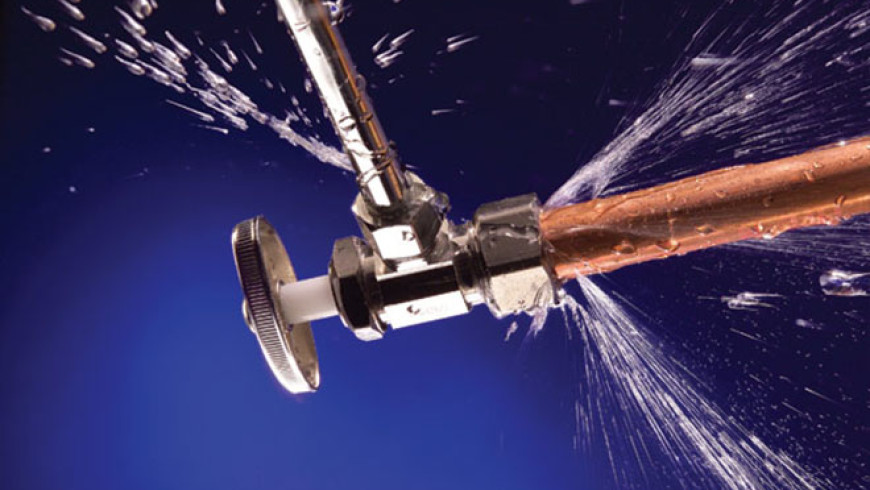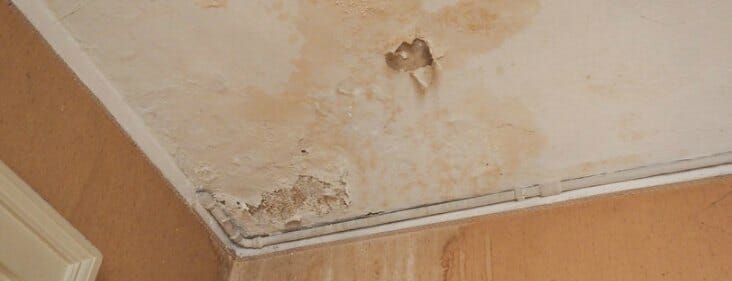Revealing the Primary Sources of Leakage Within Your Home
Revealing the Primary Sources of Leakage Within Your Home
Blog Article
What are your beliefs about Common Water Leaks In House?

Leakages not only trigger waste of water yet can also create unnecessary damage to your residence as well as promote undesirable organic development. Water leaks may go unnoticed because most of the pipework in our residence is hidden. By looking and also understanding for daily scenarios that cause leaks, you can shield your residence from future leaks and also unneeded damage. Today, we will certainly look at 6 leak triggers that might be causing your pipes to drip.
Elbowing in origins
A lot of water leaks start outside the home rather than inside it. You could see wet spots or sinkholes in your backyard, as well as that might mean that tree origins are getting into water lines causing water to seep out.
Rusty water supply
As time passes by, your plumbing system ages as well as corrosion such as corrosion may start gnawing the pipelines. This might be the source of discoloration or warping on your water pipes. This requires an inspection with your plumber promptly. If our plumbing system is old, consider replacing the pipes because they go to a greater risk of corrosion than the newer models.
Defective Pipeline Joints
The factor at which your pipelines attach is regularly the weakest web link in the waterline. Pipe joints can deteriorate with time, resulting in water leakages. The bulk of pipe joints are not quickly visible. If you have noisy pipelines that make ticking or banging noises, specifically when the warm water is activated, your pipe joints are possibly under a lot of pressure. It is recommended to have your plumber check your system once a year.
Instantaneous temperature level modifications.
Severe temperature adjustments in our pipelines can trigger them to broaden as well as contract all of a sudden. This development and also tightening may cause splits in the pipes, specifically if the temperature level are below freezing. It would certainly be best if you watched on how your plumbing functions. The presence of the previously discussed scenarios regularly shows a high risk.
Poor Water Connectors
At times, a leakage can be caused by loose hoses as well as pipelines that supply your home appliances. More often than not, shifting is what creates the loose water Links. You may find when it comes to a washing machine, a pipe may spring a leakage because of drinking during the spin cycle. In case of a water links leak, you might observe water running directly from the supply line or pools around your devices.
Blocked Drains
Blocked drains pipes could be aggravating and also inconveniencing, however they can sometimes wind up triggering an overflow bring about burst pipelines. Maintain removing any kind of materials that may decrease your drains pipes that might clog them to avoid such aggravations.
All the above are root causes of leaks but not all water leakages arise from plumbing leaks; some leaks could originate from roofing leakages. All leakages ought to be repaired instantly to stay clear of water damage.
Leakages not just trigger waste of water but can also trigger unneeded damages to your home and also advertise unwanted natural growth. By looking as well as comprehending for day-to-day scenarios that cause leakages, you can secure your house from future leaks and unnecessary damage. Today, we will look at six leak triggers that may be triggering your pipes to drip.
At times, a leakage can be created by loose pipes and also pipes that supply your home appliances. In instance of a water connections leak, you may discover water running straight from the supply line or pools around your devices.
How To Check For Water Leak In Your Home
How To Check for Leaks
The average household's leaks can account for nearly 10,000 gallons of water wasted every year and ten percent of homes have leaks that waste 90 gallons or more per day. Common types of leaks found in the home are worn toilet flappers, dripping faucets, and other leaking valves. These types of leaks are often easy to fix, requiring only a few tools and hardware that can pay for themselves in water savings. Fixing easily corrected household water leaks can save homeowners about 10 percent on their water bills.
To check for leaks in your home, you first need to determine whether you're wasting water and then identify the source of the leak. Here are some tips for finding leaks:
Take a look at your water usage during a colder month, such as January or February. If a family of four exceeds 12,000 gallons per month, there are serious leaks.
Check your water meter before and after a two-hour period when no water is being used. If the meter changes at all, you probably have a leak.
Identify toilet leaks by placing a drop of food coloring in the toilet tank. If any color shows up in the bowl after 10 minutes, you have a leak. (Be sure to flush immediately after the experiment to avoid staining the tank.)
Examine faucet gaskets and pipe fittings for any water on the outside of the pipe to check for surface leaks.
Undetected water leaks can happen without the home or business owner even realizing. If you suspect a water leak, but not able to find the source. It is time to contact a professional water leak detection service, The Leak Doctor.
How To Find a Water Leak In Your Home
https://www.leakdoctor.com/blog/How-To-Check-For-Water-Leak-In-Your-Home_AE197.html

Hopefully you enjoyed our section about Common Water Leaks In House. Thank you so much for spending some time to browse our article post. Liked our entry? Please share it. Let somebody else discover it. I take joy in reading our article about How to detect water leaks in your home.
Burst issue? Contact. Report this page